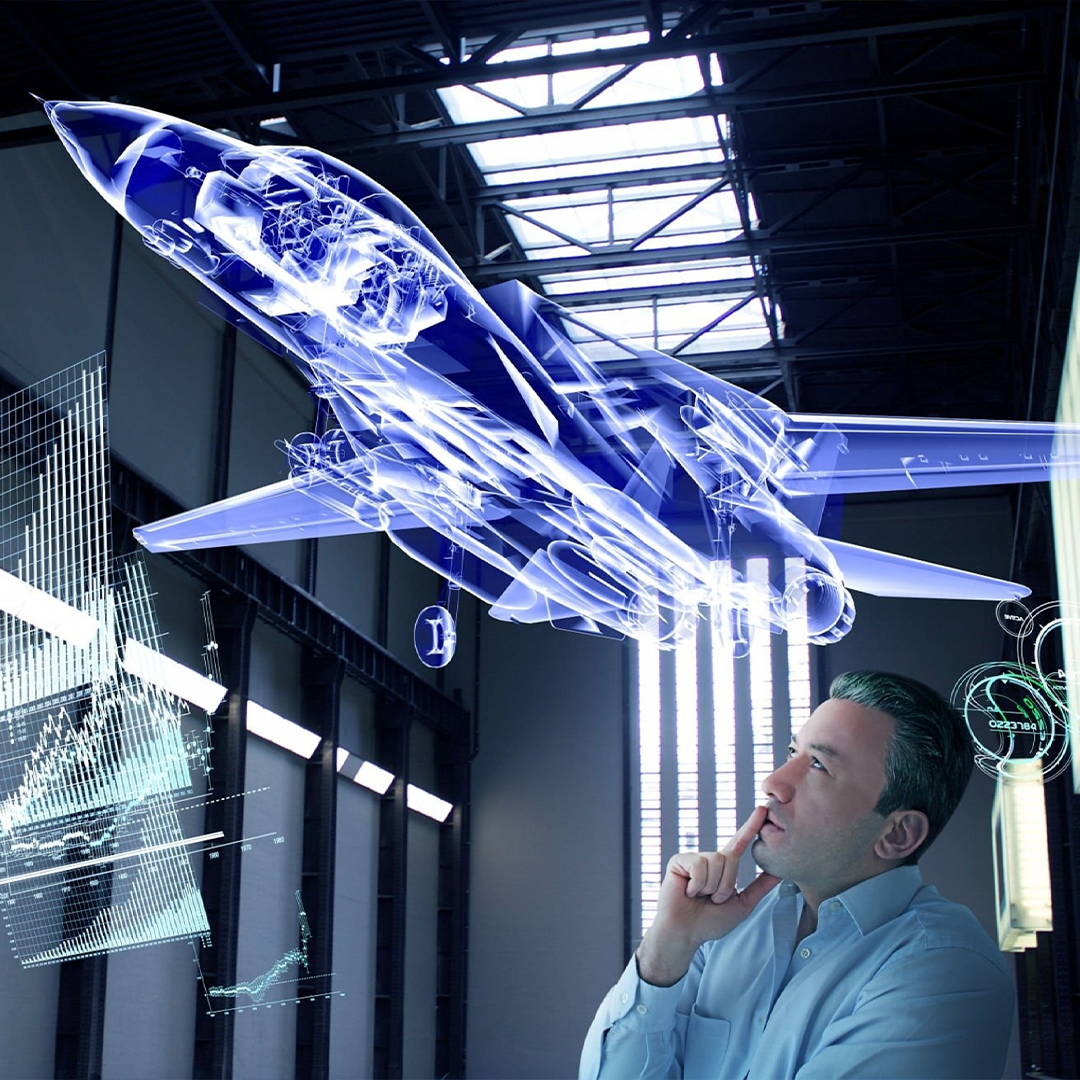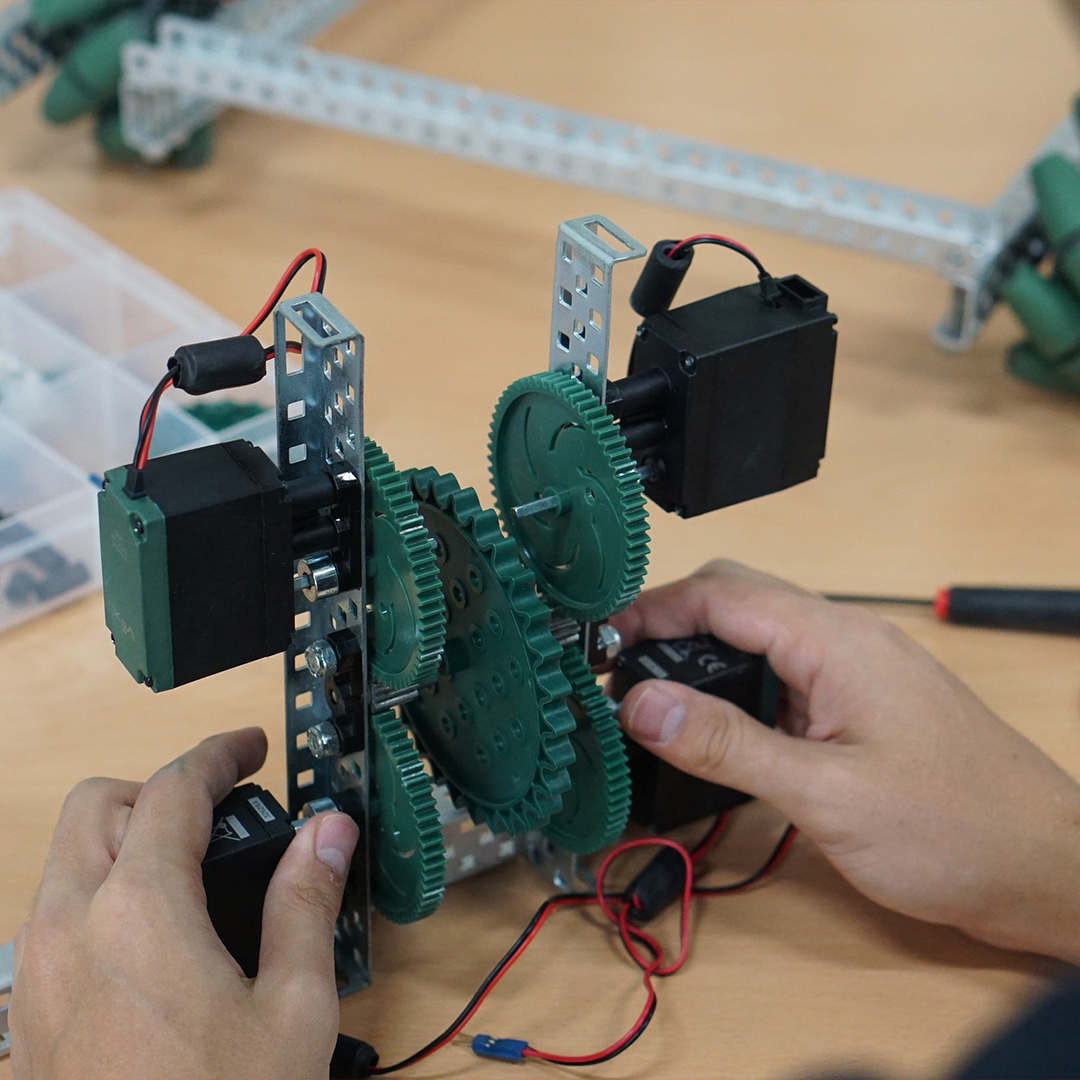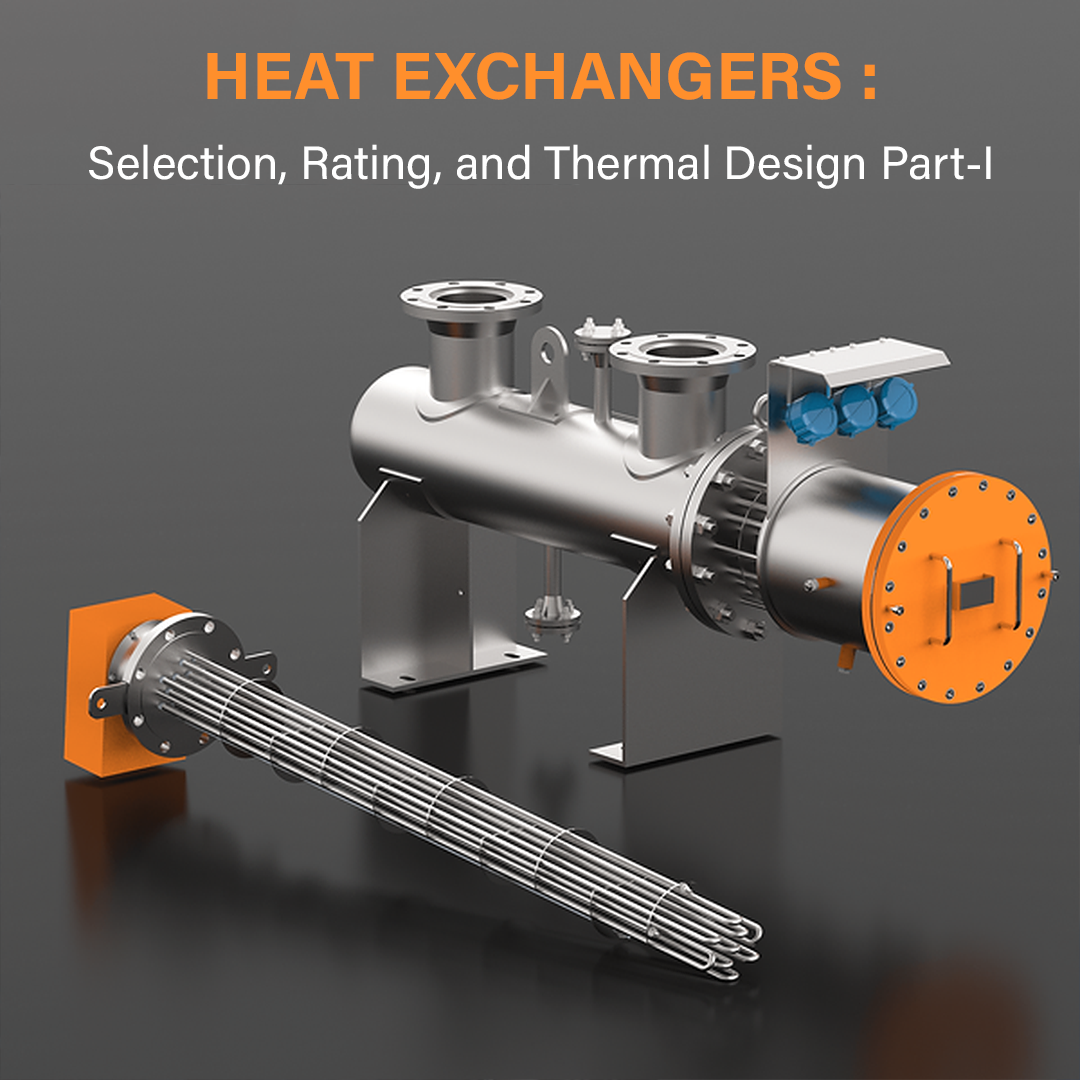The course "Fundamentals of Aerospace Engineering" is an introductory level course that provides students with a broad overview of the principles and practices of aerospace engineering. The course is designed to provide a solid foundation for students who are interested in pursuing a career in the aerospace industry, as well as for those who are interested in further study in aerospace engineering.
The course typically covers topics such as:
1. Aerodynamics: the study of the behavior of fluids (especially air) when they interact with solid objects, including principles of lift and drag and the design of airfoils.
2. Propulsion: the study of the design and operation of engines, including turbojet, turbofan, and rocket engines, and principles of thrust and efficiency.
3. Flight mechanics: the study of the motion of aircraft and spacecraft, including principles of stability, control, and performance.
4. Materials and structures: the study of the properties and behavior of materials used in the construction of aircraft and spacecraft, including principles of stress and strain and the design of structural components.
5. Systems engineering: the study of the integration of all of the subsystems in an aerospace vehicle, including avionics, control systems, and communication systems.
By the end of the course, students should have a solid understanding of the fundamental principles of aerospace engineering and how they can be applied to the design, analysis, and operation of aerospace systems. They should also have the ability to apply their knowledge to solve engineering problems and evaluate the performance of aerospace systems.
By the end of the course, students should have a solid understanding of the fundamental principles of aerospace engineering and how they can be applied to the design, analysis, and operation of aerospace systems. They should also have the ability to apply their knowledge to solve engineering problems and evaluate the performance of aerospace systems.
Fundamentals of Aerospace Engineering is suitable for a variety of audiences who are interested in the principles and practices of aerospace engineering. These may include:
1. Undergraduate students: The course is typically offered at the undergraduate level and is often a required or elective course for students pursuing a degree in aerospace engineering. It provides a foundation for more advanced courses in the field.
2. Graduate students: The course can also be suitable for graduate students who are interested in pursuing a degree in aerospace engineering or a related field. It can provide a review of basic concepts and a foundation for more advanced courses.
3. Professionals: The course may also be of interest to professionals who are working in the aerospace industry and who would like to gain a deeper understanding of the fundamentals of aerospace engineering.
4. Enthusiasts: The course may also be of interest to individuals who have a general interest in aerospace engineering and would like to learn more about the field.
While some prior knowledge of physics, calculus, and mechanics may be helpful, the course is designed to be accessible to students from a variety of backgrounds and experience levels. The course may be particularly suitable for students who have a strong interest in science, technology, engineering, and mathematics (STEM) fields.
















































Shubham Jadhav
-
06 Nov 2024Step-by-step guidance made the Aerospace Engineering simple
Marvel Avengers
-
01 Sep 2024This course offers a solid introduction to aerospace engineering, covering core topics like aerodynamics, propulsion systems, flight mechanics, materials, and structural design
Pankaj verma
-
14 Jul 2023A clear and well-structured introduction to aerospace engineering! The course explains key principles in an easy-to-understand way and builds a solid foundation for beginners. Great for anyone interested in aircraft and space systems